Embracing the Principles of Te Whāriki in Your Setting:
In the world of early childhood education, embracing inclusivity and diversity is of utmost importance. As educators, it is our responsibility to create an environment that values and celebrates the unique qualities and backgrounds of every child and their families. One approach that has gained international recognition for its commitment to inclusivity is the Te Whāriki curriculum in New Zealand. In this article, we will explore the principles, strands, and goals of Te Whāriki and discuss how they can be embraced in your own setting.
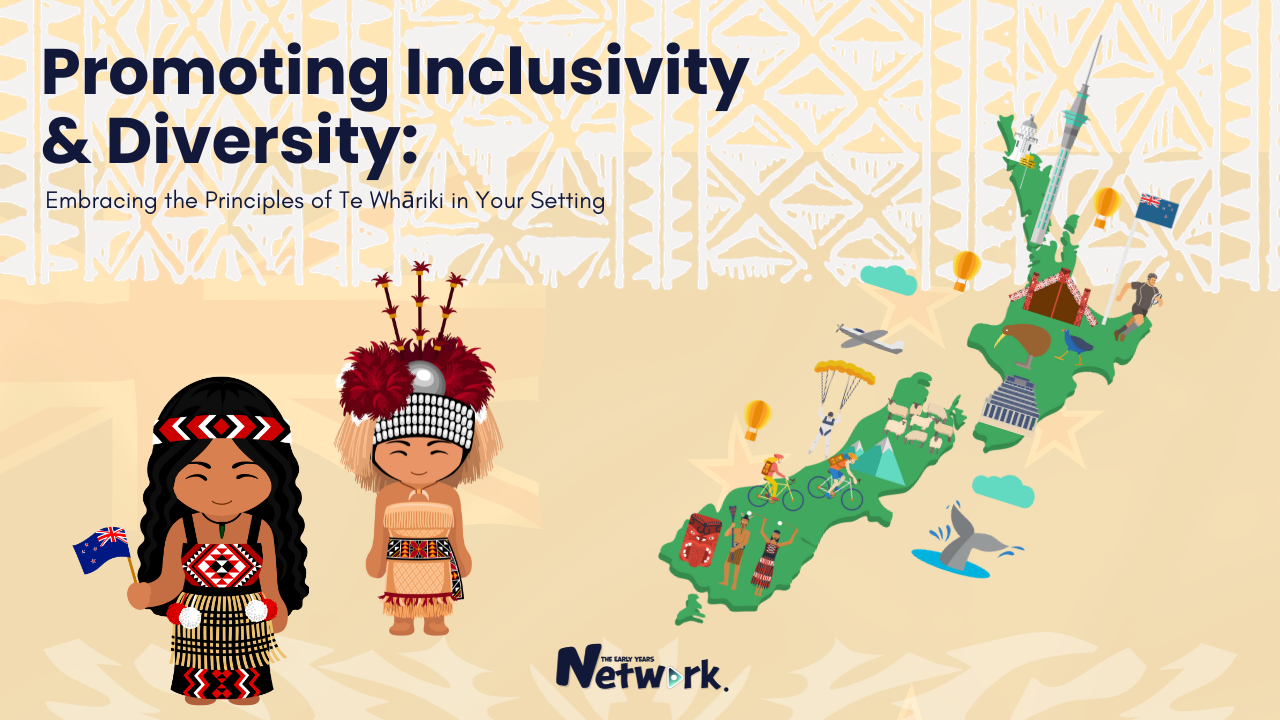
Understanding Te Whāriki: A Curriculum Guideline for Early Childhood Education
Te Whāriki is a curriculum guideline that was first published in 1996 by the New Zealand Ministry of Education. Its purpose is to provide a framework for early childhood services in New Zealand to follow in order to ensure high-quality care and education for young children. The curriculum is not prescriptive; instead, it encourages educators to develop their own unique approaches based on the principles and goals outlined in Te Whāriki.
The Principles of Te Whāriki
Te Whāriki is built upon four broad principles that guide early childhood education in New Zealand:
- Whakamana - Empowerment: The curriculum empowers children to learn and grow, fostering their confidence and competence.
- Kotahitanga - Holistic Development: Te Whāriki recognizes that children learn and grow in a holistic manner, considering their physical, emotional, social, and cognitive development.
- Whānau Tangata - Family and Community: The wider world of family and community is an integral part of the early childhood curriculum, acknowledging the importance of strong relationships and connections.
- Ngā Hononga - Relationships: Children learn through responsive and reciprocal relationships with people, places, and things, emphasizing the significance of positive interactions and connections.
The Strands and Goals of Te Whāriki
Te Whāriki is organized into five strands of child development, each with its own set of goals:
Strand 1: Well-being - Mana Atua
The well-being strand focuses on nurturing and protecting the health and well-being of the child. The goals of this strand include promoting a healthy environment, nurturing emotional well-being, and ensuring the safety of children.
Strand 2: Belonging - Mana Whenua
Belonging emphasizes the importance of children and their families feeling a sense of belonging. The goals of this strand include affirming and extending connections with family and the wider world, creating a place where children feel comfortable and familiar, and establishing clear boundaries and expectations.
Strand 3: Contribution - Mana Tangata
The contribution strand highlights the need for equitable opportunities for learning and valuing each child's unique contributions. The goals of this strand include providing equal learning opportunities regardless of gender, ability, age, or background, affirming children as individuals, and encouraging collaborative learning.
Strand 4: Communication - Mana Reo
Communication promotes the development of language and effective communication skills. The goals of this strand include developing non-verbal and verbal communication skills, promoting the languages and symbols of different cultures, and fostering creativity and expression through various forms of communication.
Strand 5: Exploration - Mana Aotūroa
Exploration encourages active exploration of the environment and promotes curiosity and critical thinking. The goals of this strand include valuing play as meaningful learning, developing confidence and control of the body, encouraging active exploration and reasoning, and fostering an understanding of the natural, social, physical, and material worlds.

Embracing the Principles of Te Whāriki in Your Setting
Now that we have an understanding of the principles and strands of Te Whāriki, let's explore how you can embrace these principles in your own early childhood setting.
Creating an Inclusive and Diverse Environment
Inclusivity and diversity are at the core of Te Whāriki. It is essential to create an environment that welcomes and celebrates the uniqueness of every child and their family. Consider the following strategies:
- Valuing and Respecting Differences: Teach children about the importance of respecting and valuing differences, whether it be cultural, linguistic, or physical. Encourage open discussions about diversity and provide opportunities for children to share their own experiences and traditions.
- Culturally Responsive Practices: Incorporate elements of different cultures into your curriculum and learning experiences. Celebrate cultural festivals and holidays, invite families to share their traditions, and provide resources that reflect diverse backgrounds.
- Flexible Learning Spaces: Create learning spaces that are adaptable and accessible for all children, regardless of their abilities or needs. Ensure that materials, equipment, and resources are inclusive and promote participation from every child.
Nurturing Positive Relationships
Te Whāriki emphasizes the importance of responsive and reciprocal relationships in children's learning and development. Here are some ways to nurture positive relationships in your setting:
- Key Person Approach: Implement a key person approach where each child has a designated adult who builds a strong and supportive relationship with them. This key person acts as a primary caregiver and advocate for the child, fostering a sense of security and belonging.
- Family Engagement: Involve families in the learning process by regularly communicating with them, seeking their input, and involving them in decision-making. Create opportunities for families to participate in activities and events within the setting.
- Peer Interactions: Promote positive peer interactions and encourage children to learn with and alongside their peers. Foster a sense of empathy, cooperation, and inclusivity by providing opportunities for collaborative play, problem-solving, and shared experiences.
Play-Based Learning and Exploration
Play is a fundamental aspect of Te Whāriki, as it encourages children to actively explore and make sense of the world around them. Here's how you can foster play-based learning and exploration:
- Rich Learning Environment: Create a stimulating and engaging environment that invites children to explore, experiment, and discover. Provide a variety of materials, open-ended resources, and natural elements that encourage imaginative play and problem-solving.
- Child-Led Experiences: Allow children to take the lead in their learning experiences. Follow their interests, provide opportunities for self-directed play, and encourage them to ask questions, make decisions, and search for answers.
- Outdoor Learning: Emphasize the importance of outdoor play and nature-based experiences. Design outdoor spaces that allow children to connect with the natural world, engage in sensory exploration, and develop an appreciation for the environment.
Conclusion
Embracing the principles of Te Whāriki in your early childhood setting is a powerful way to promote inclusivity and diversity. By creating an environment that values and celebrates each child's uniqueness, nurturing positive relationships, and fostering play-based learning and exploration, you can provide a foundation for children to thrive and reach their full potential. Let Te Whāriki guide your practice and help you create a truly inclusive and diverse learning environment for all children.


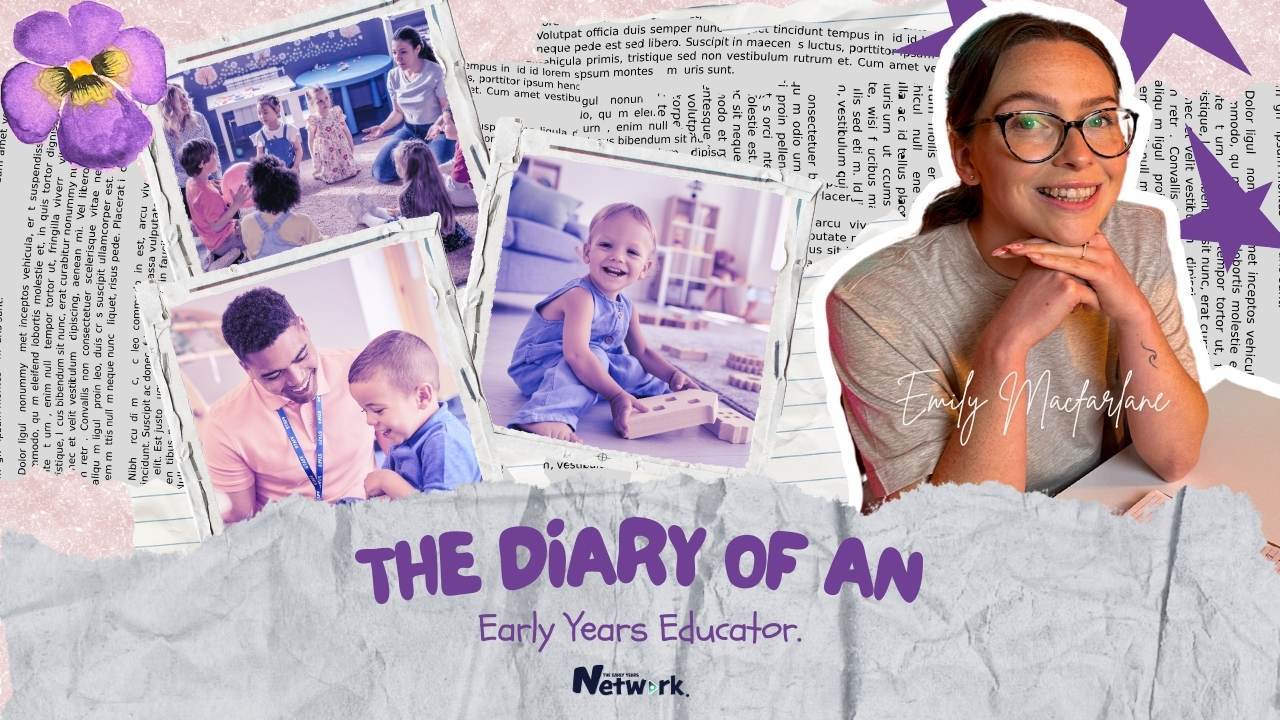
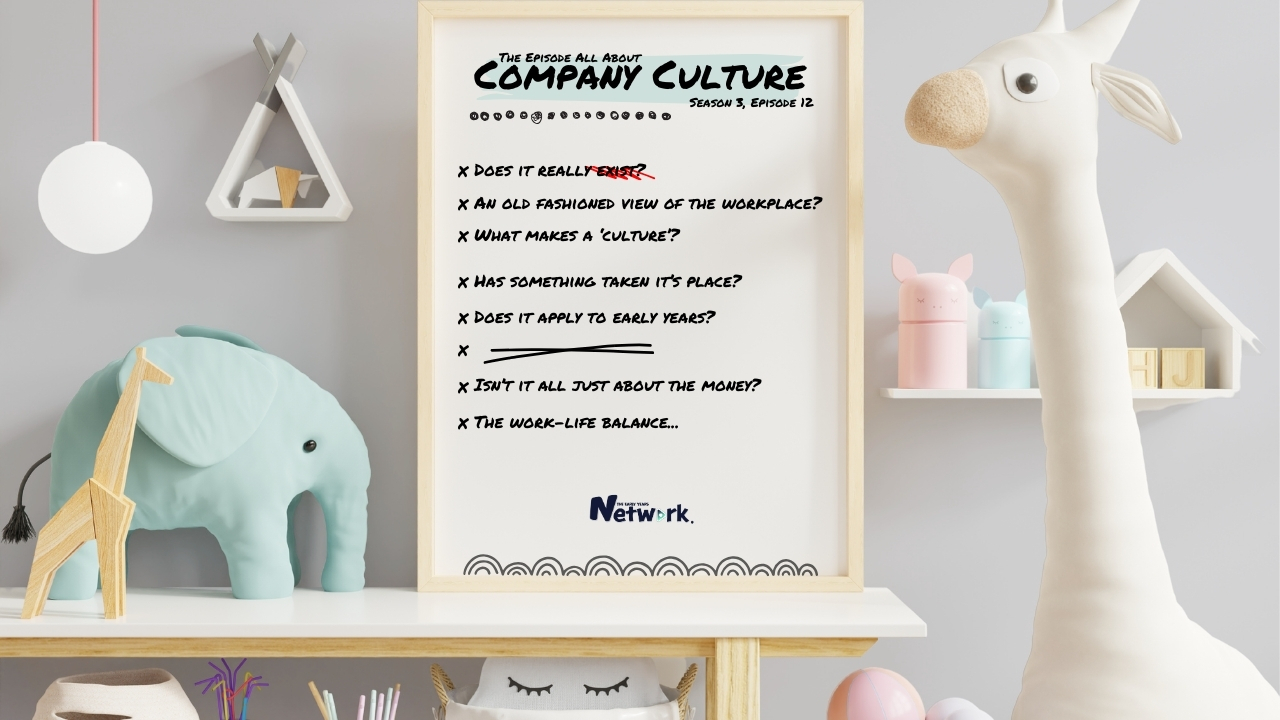
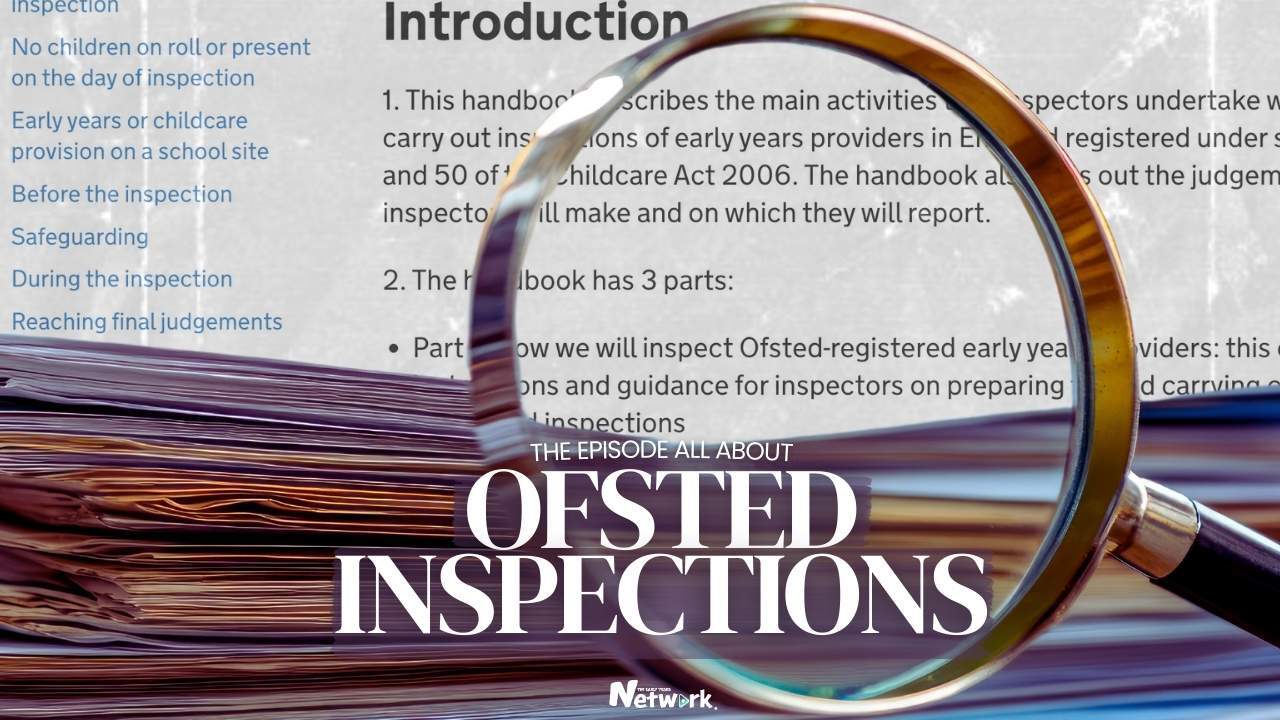
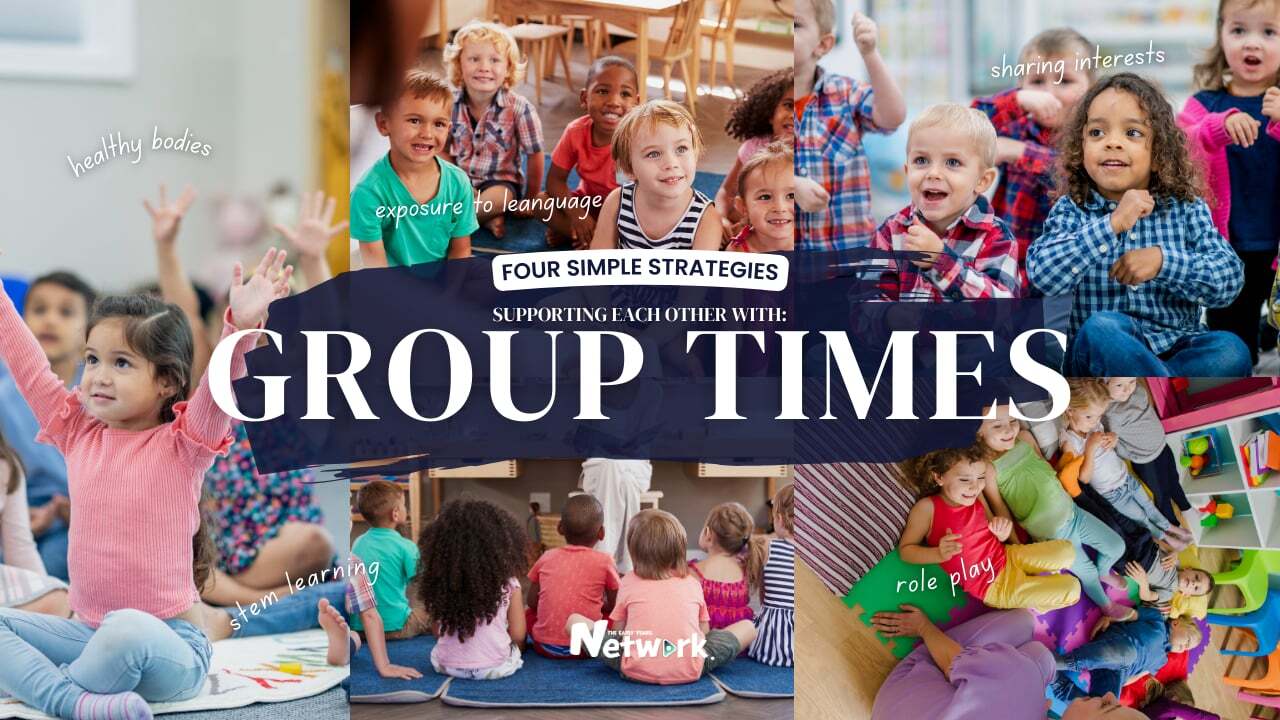
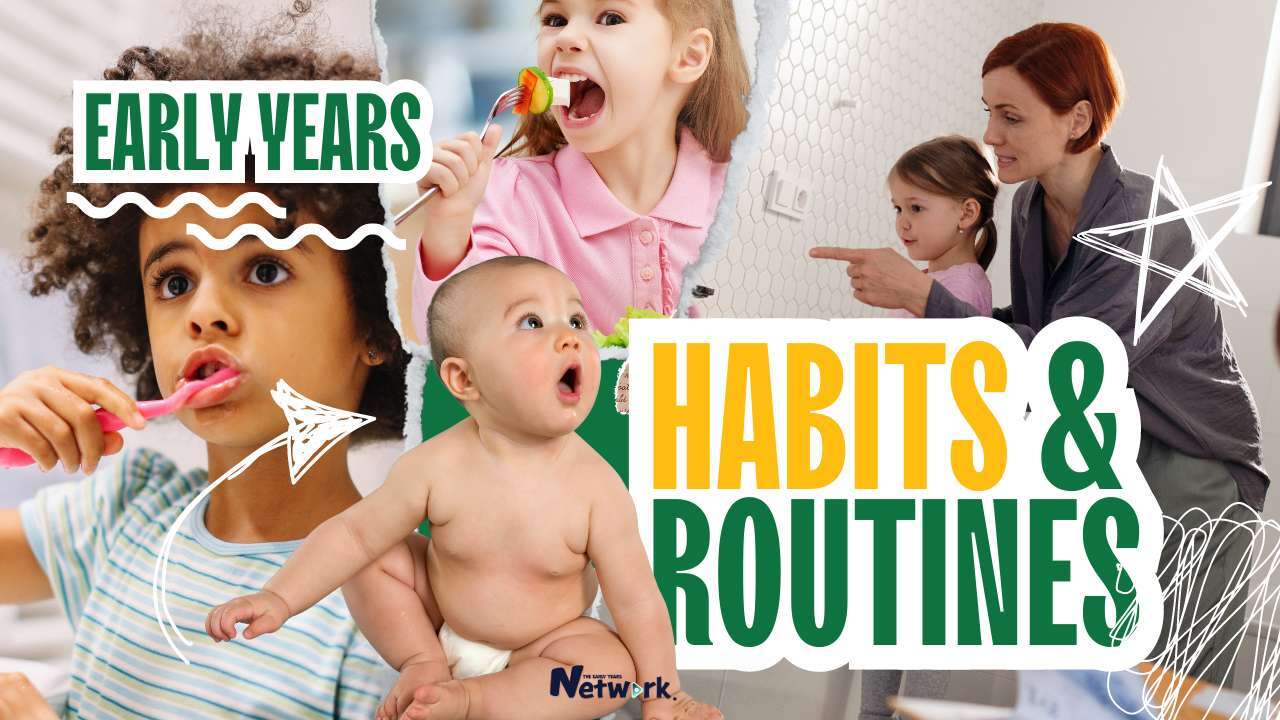
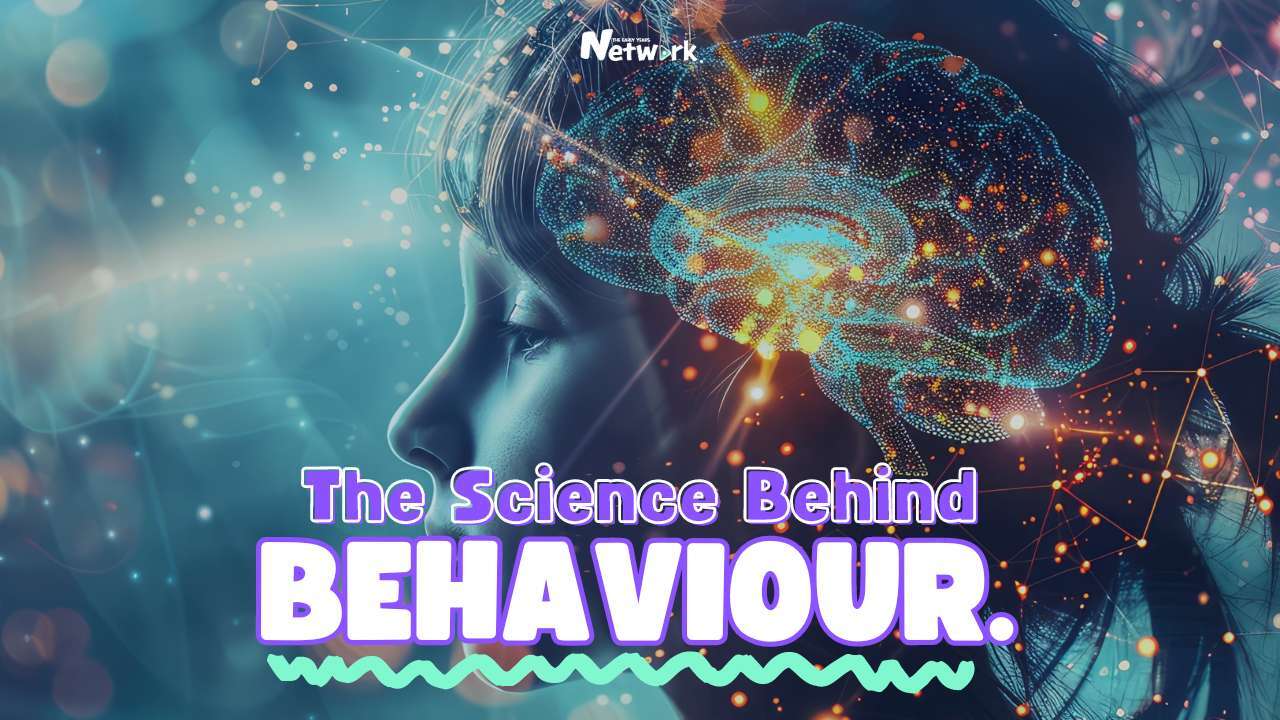
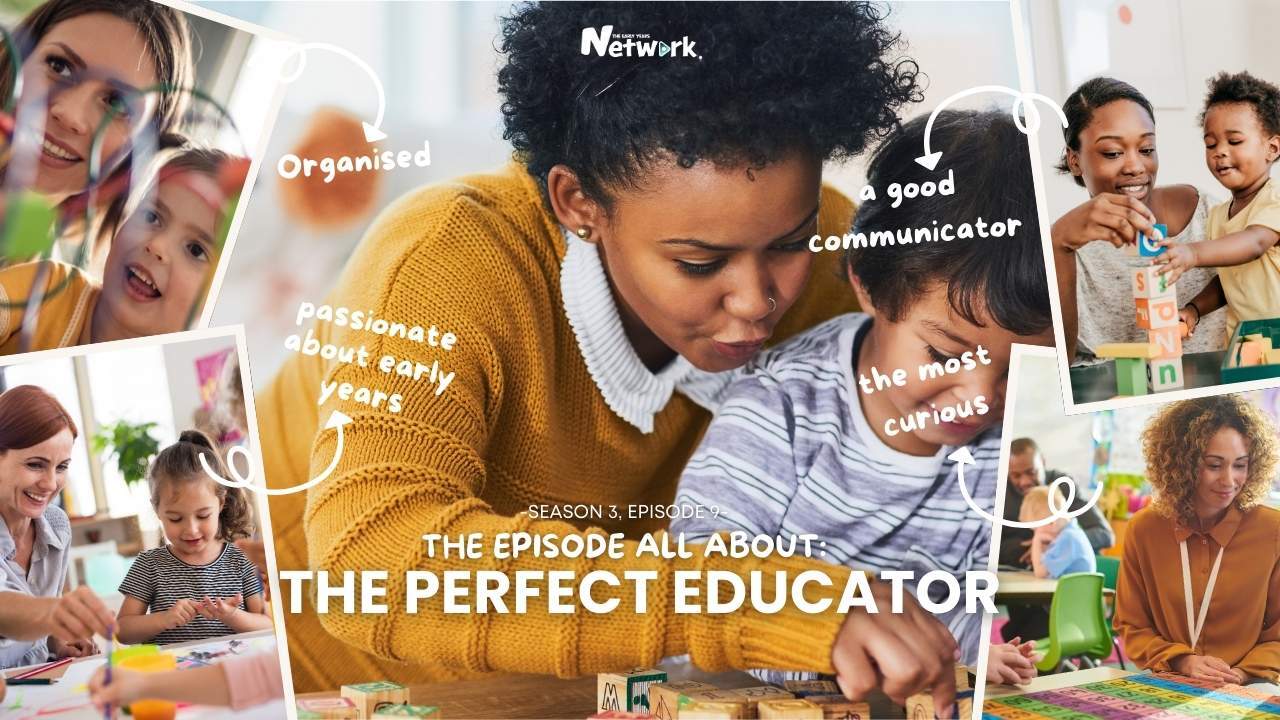
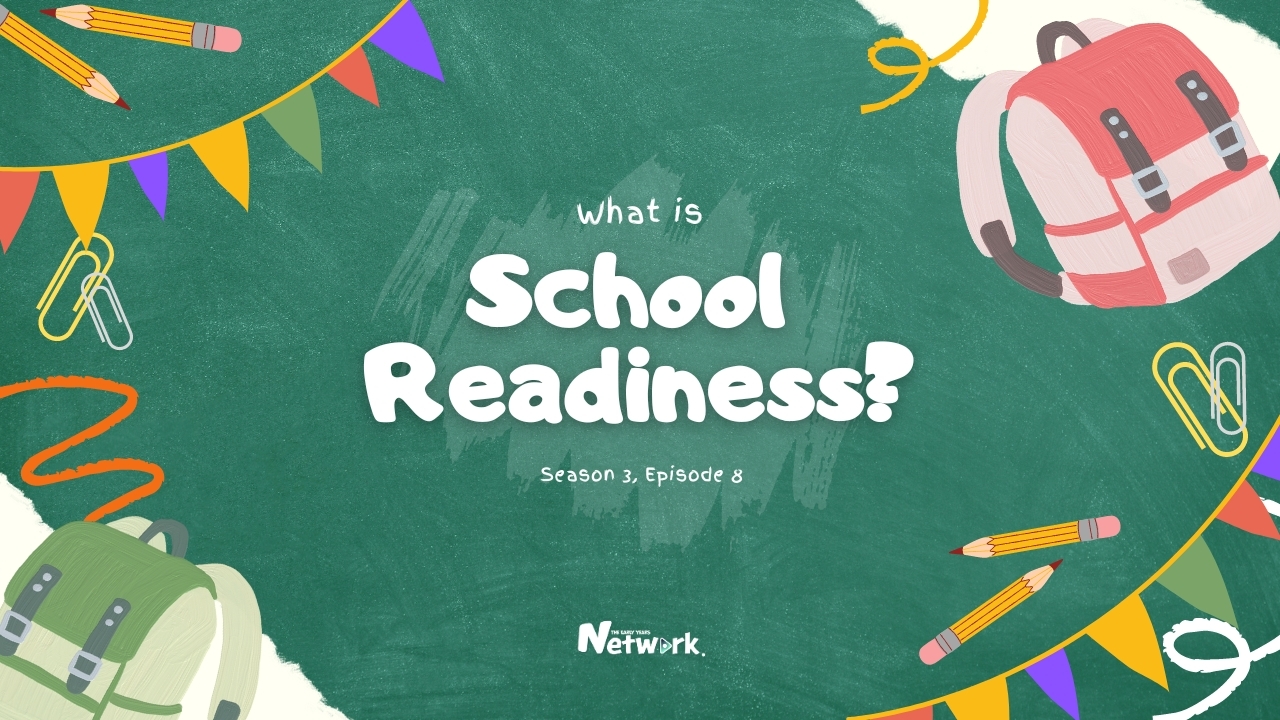


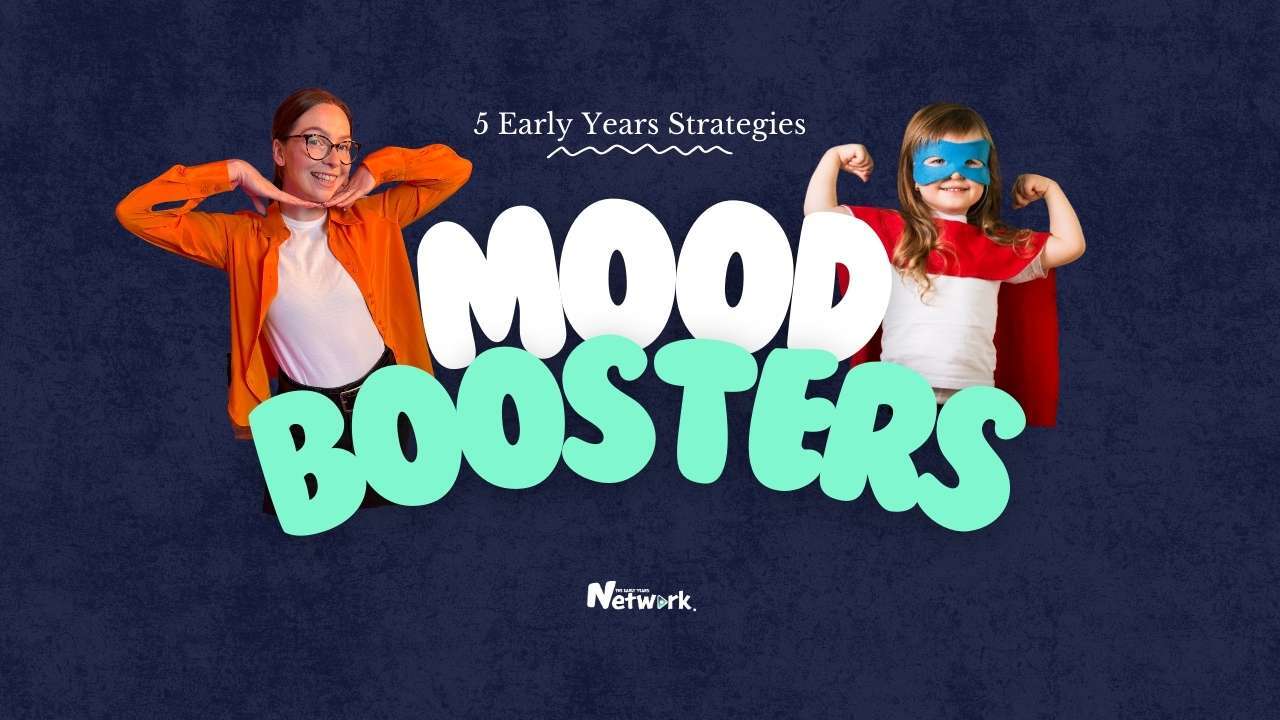


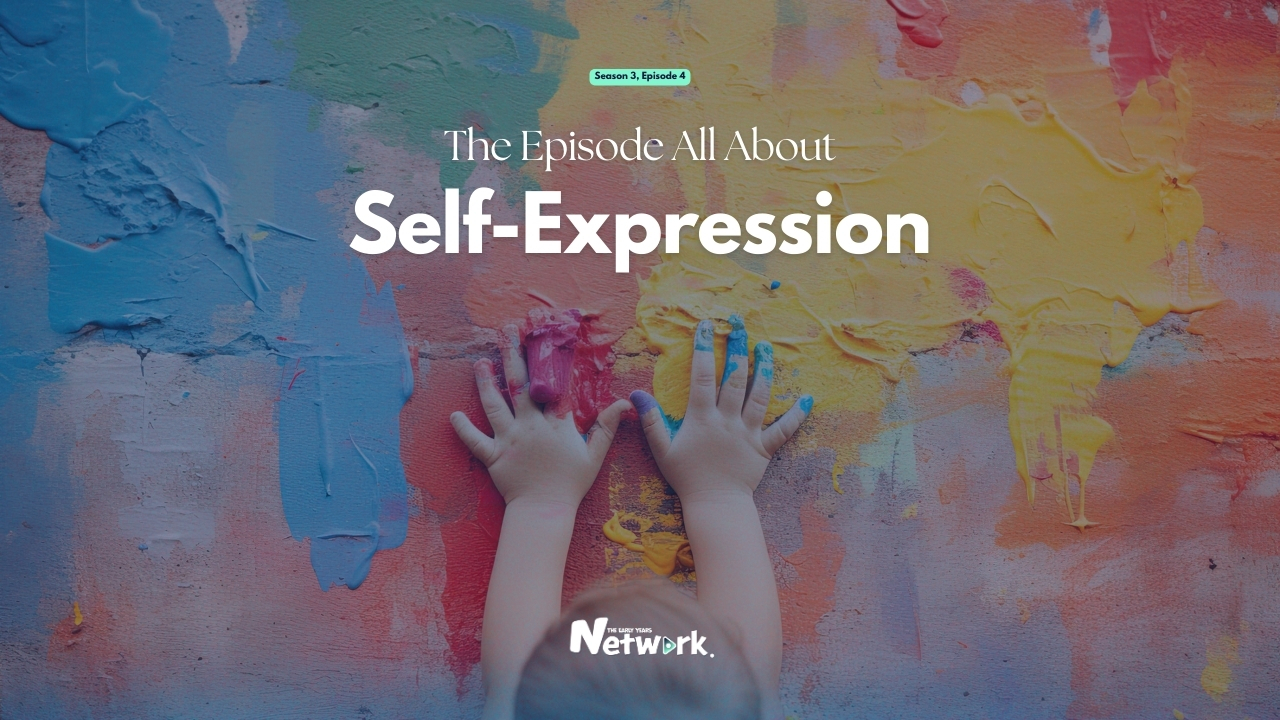

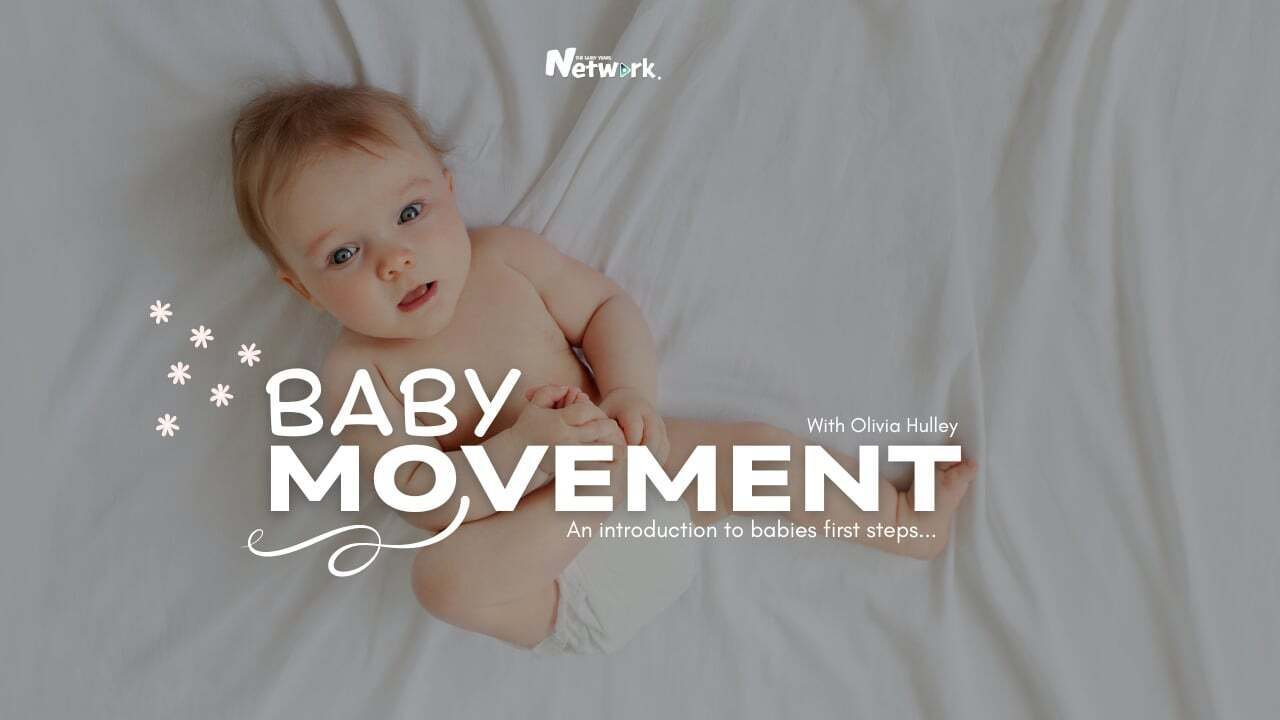

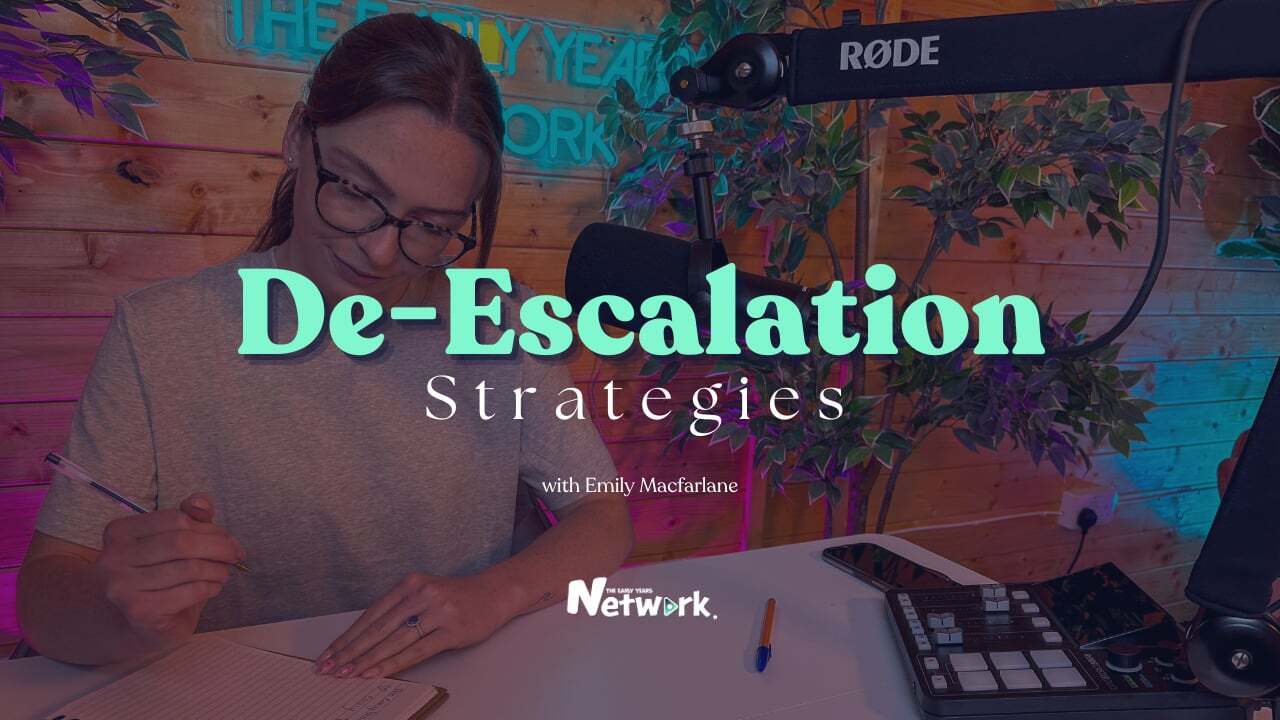



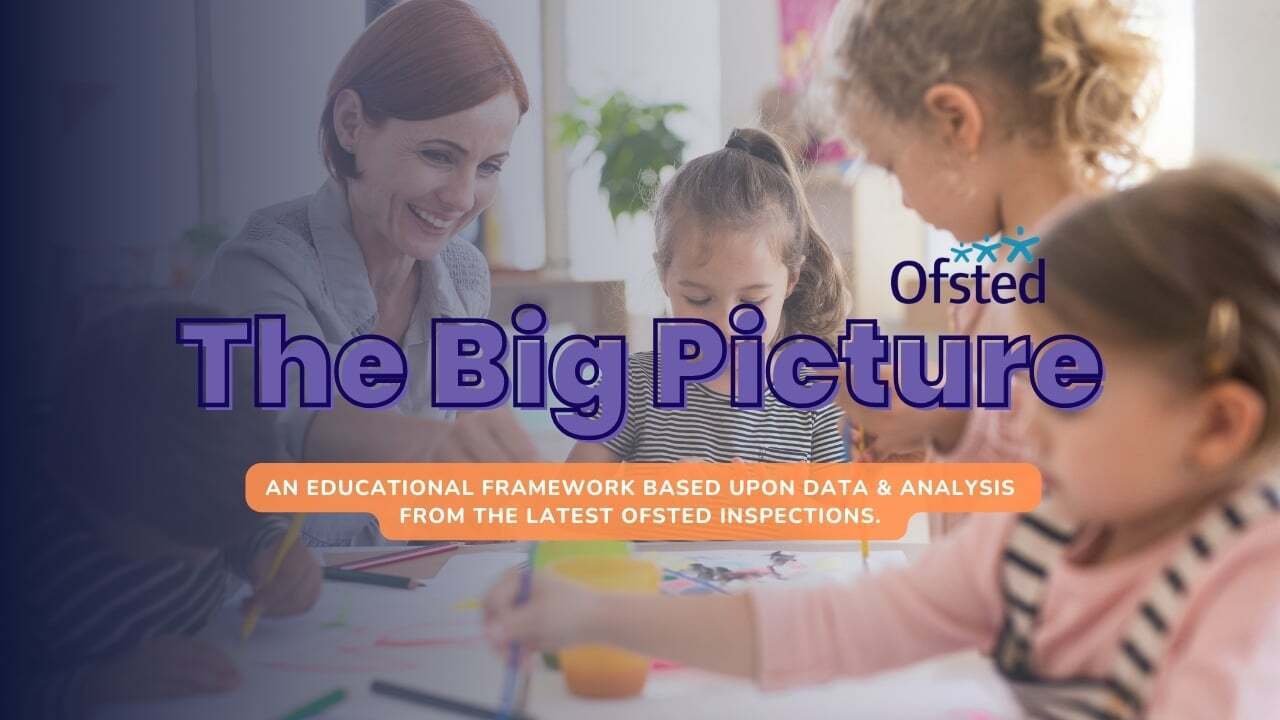

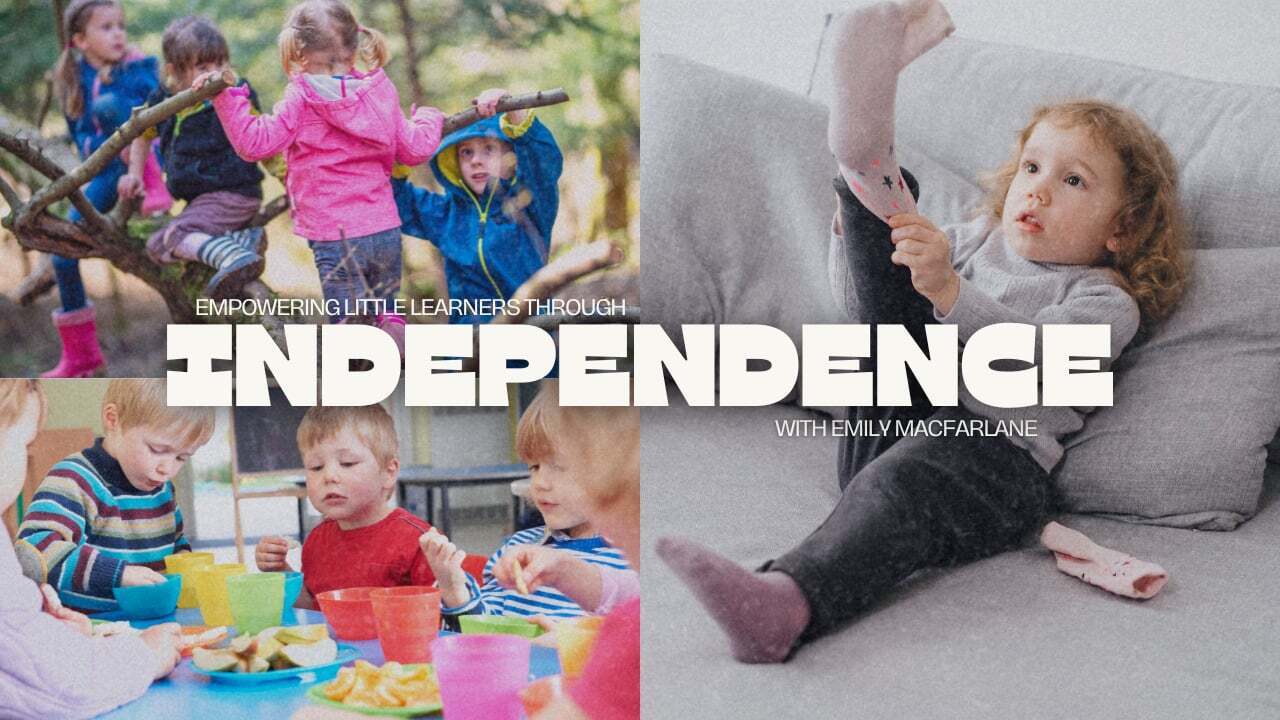

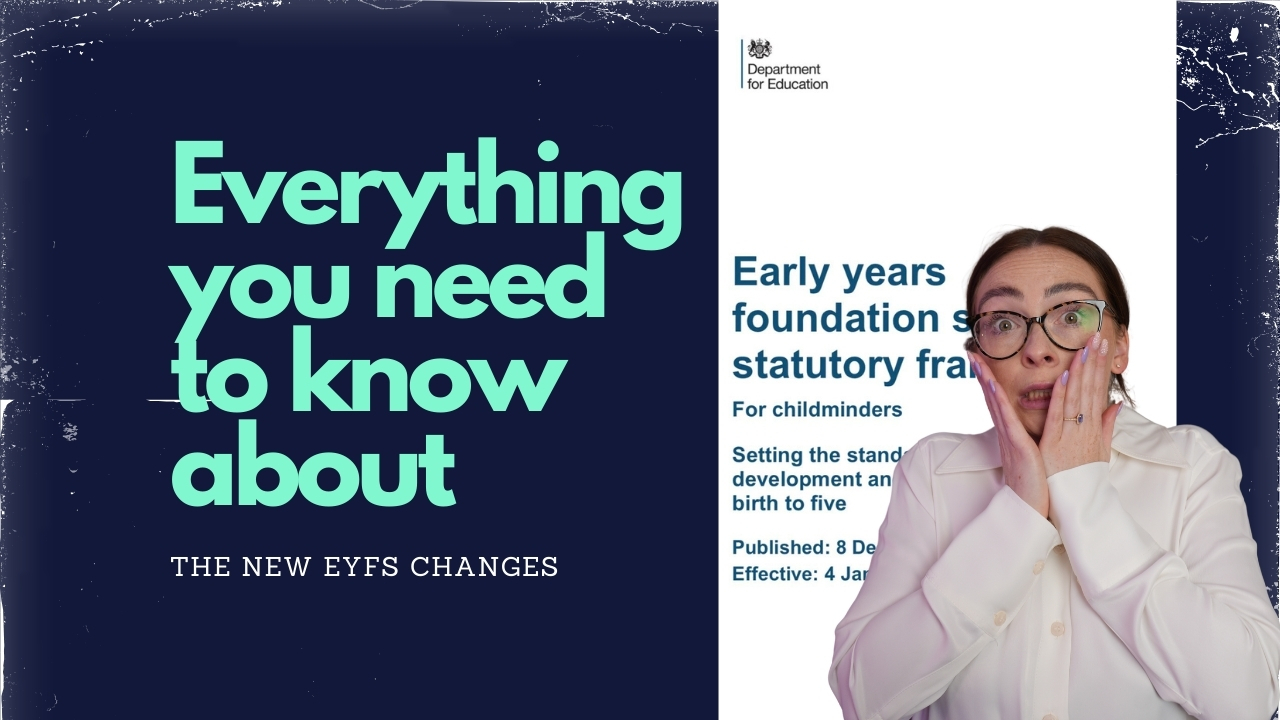

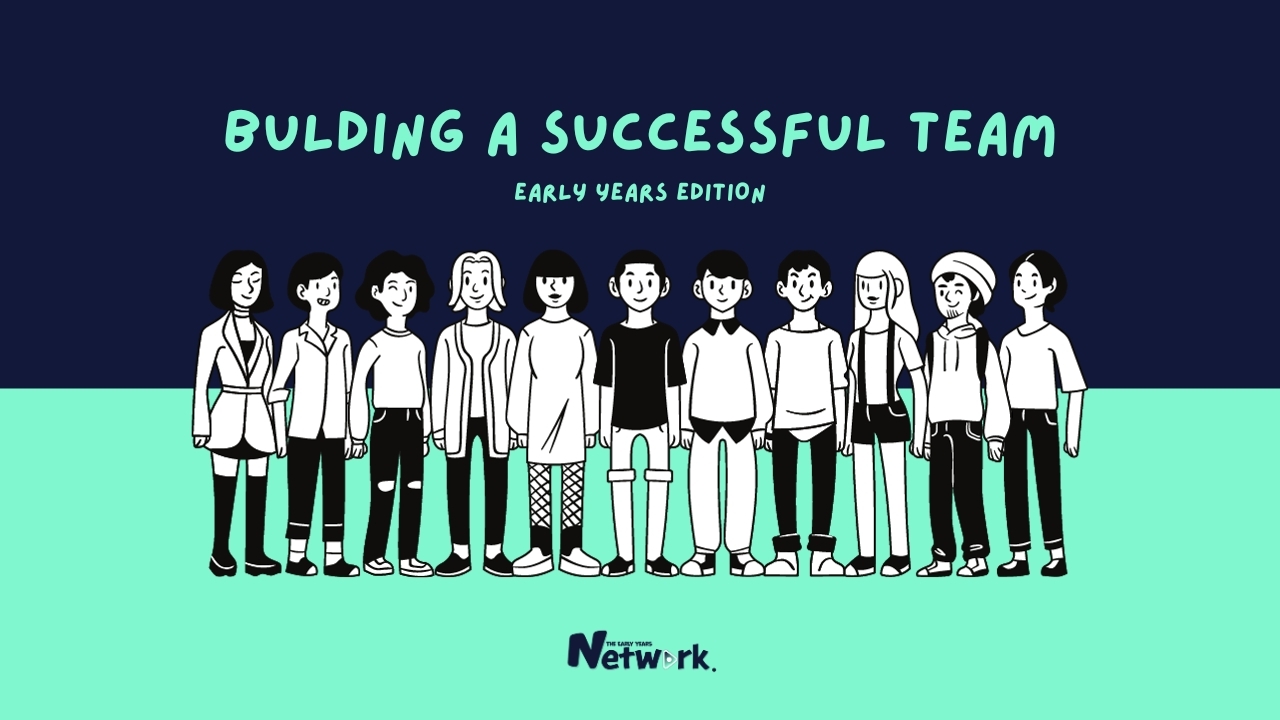

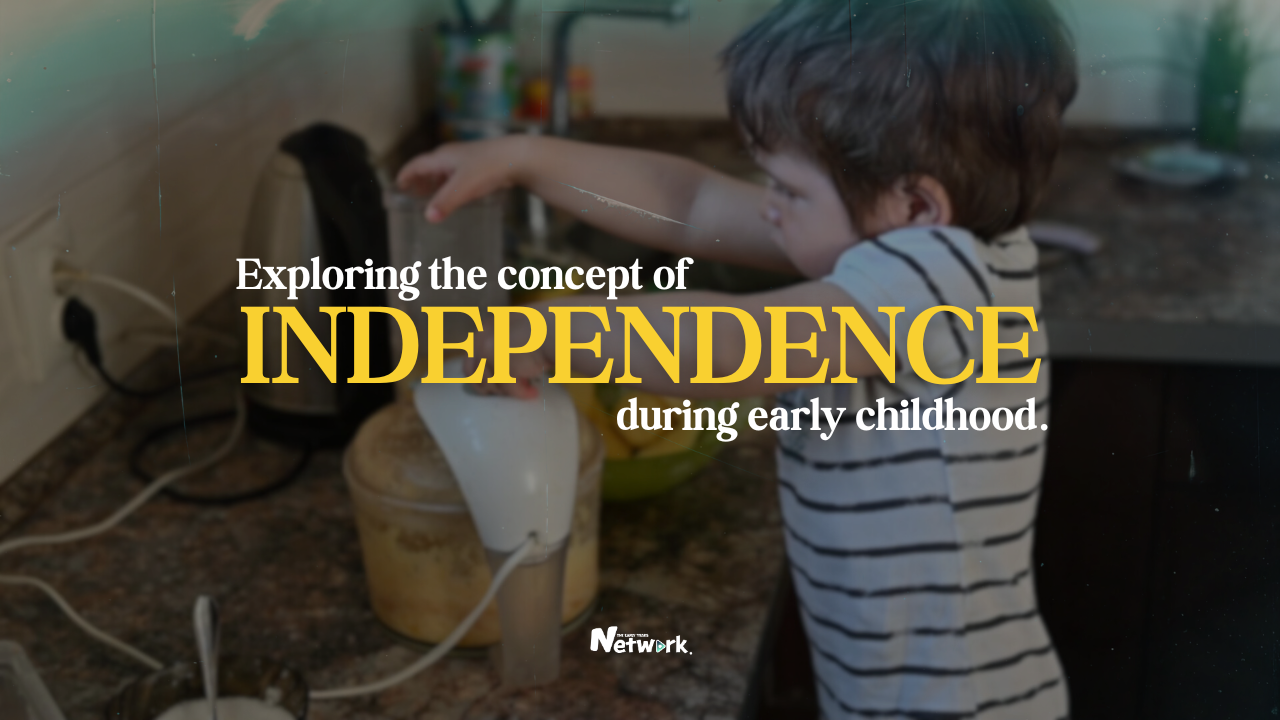
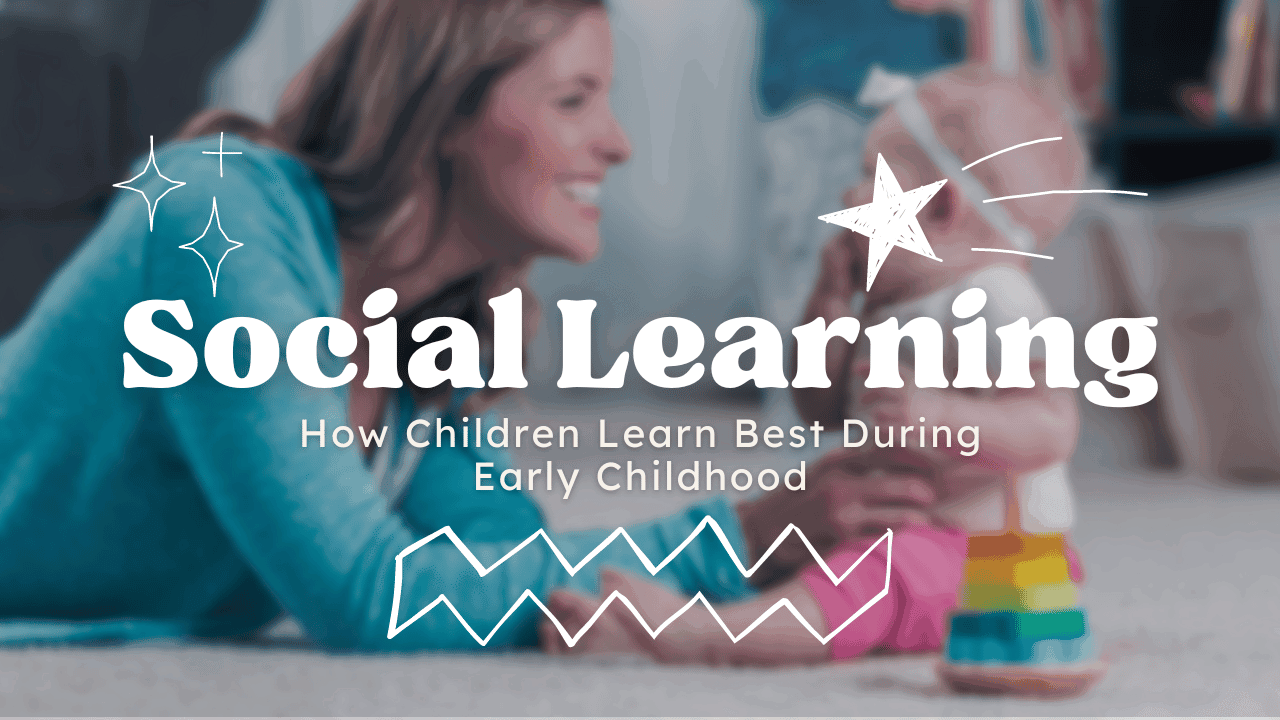


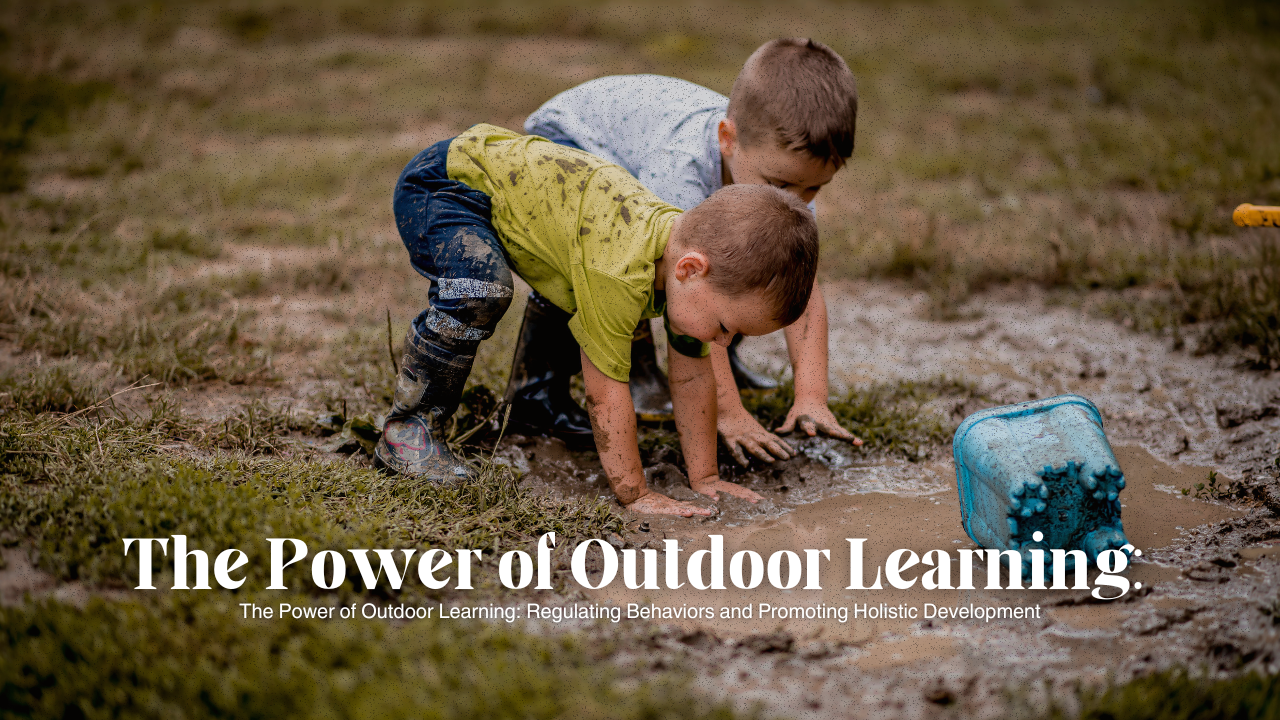
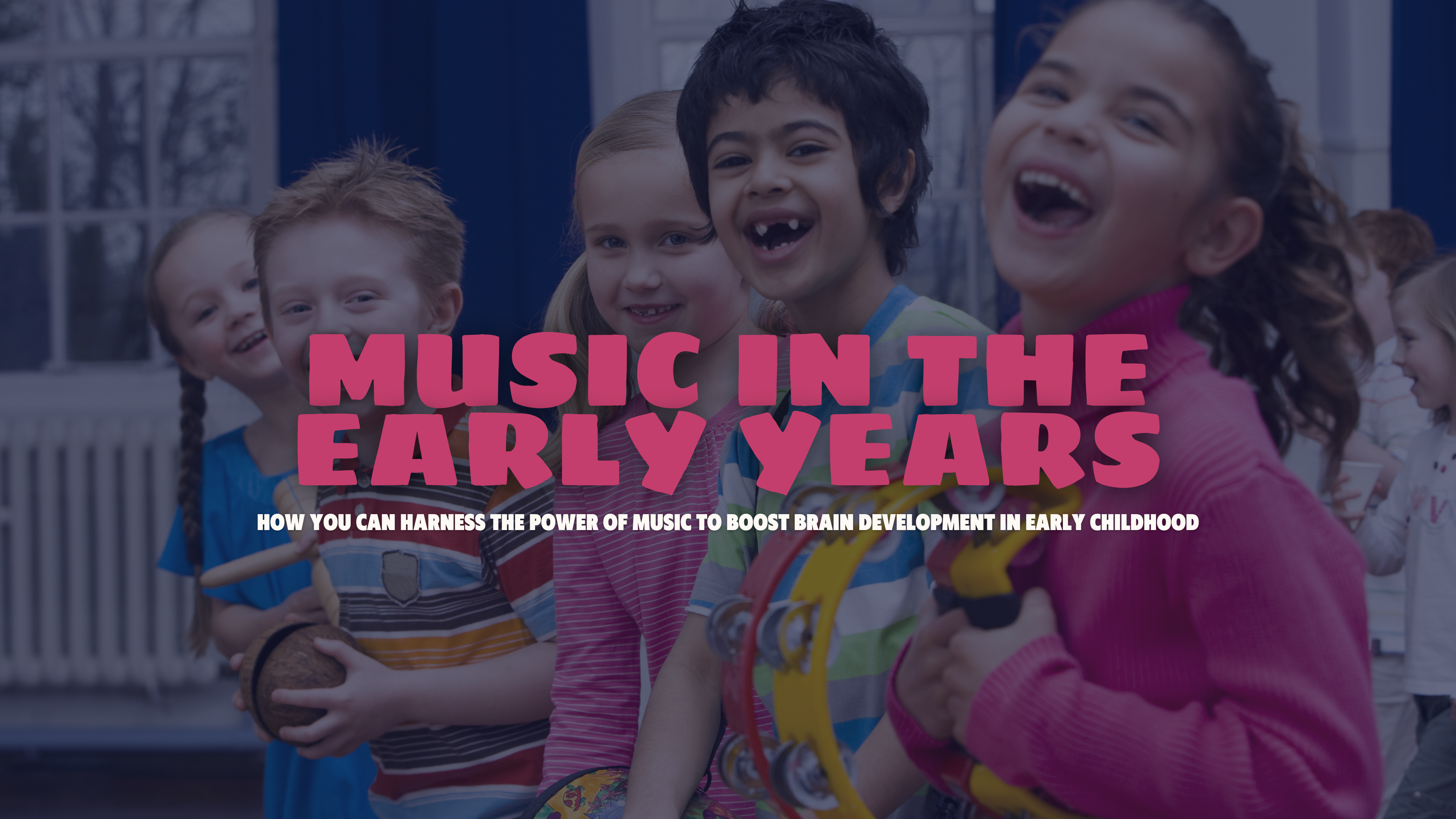
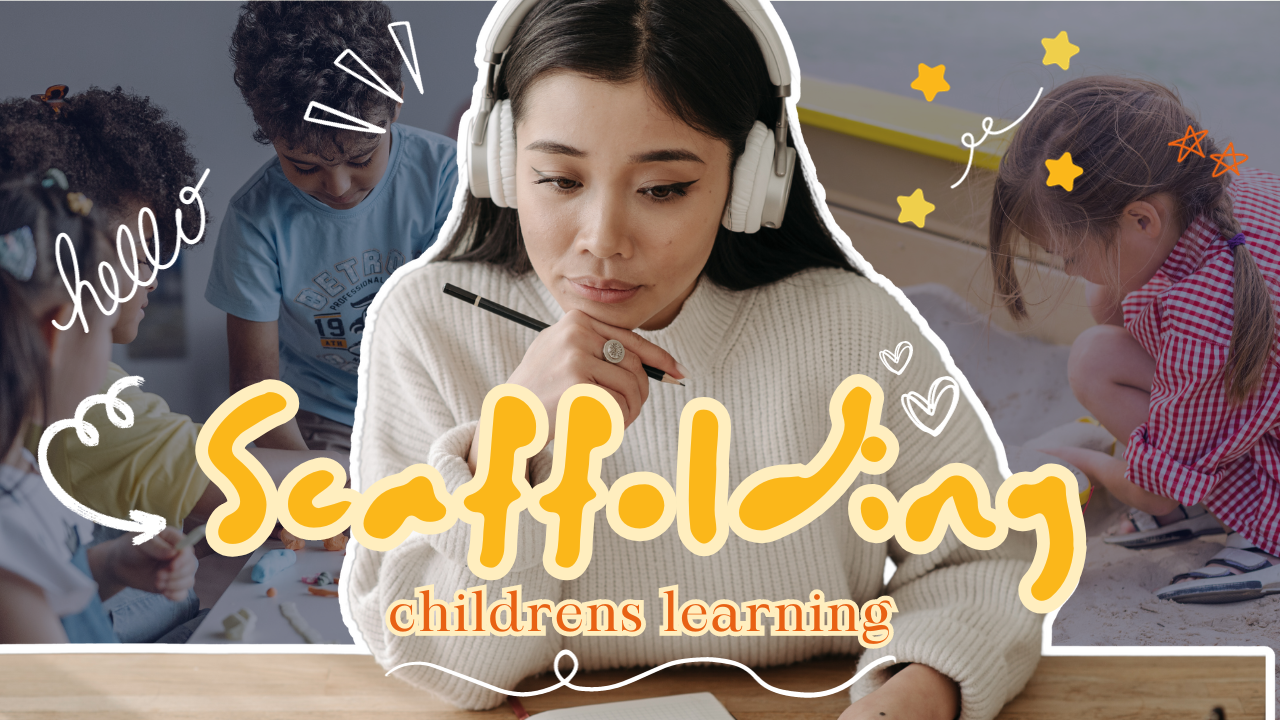

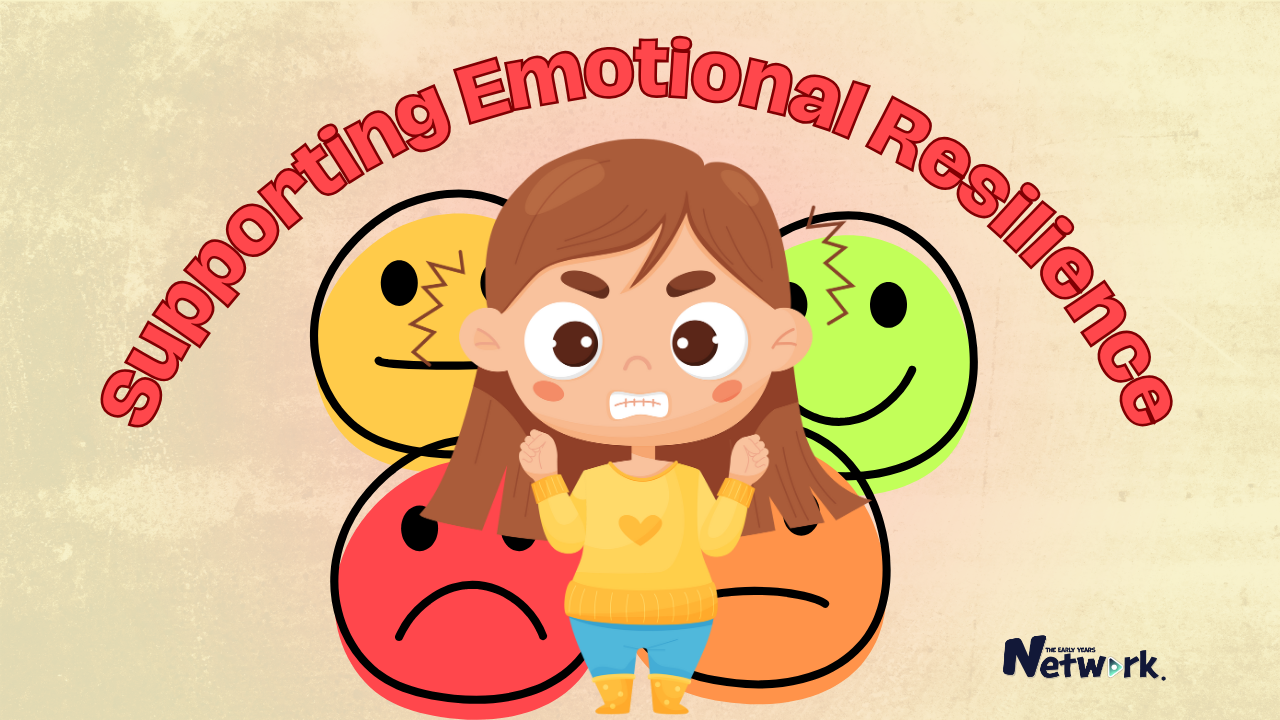
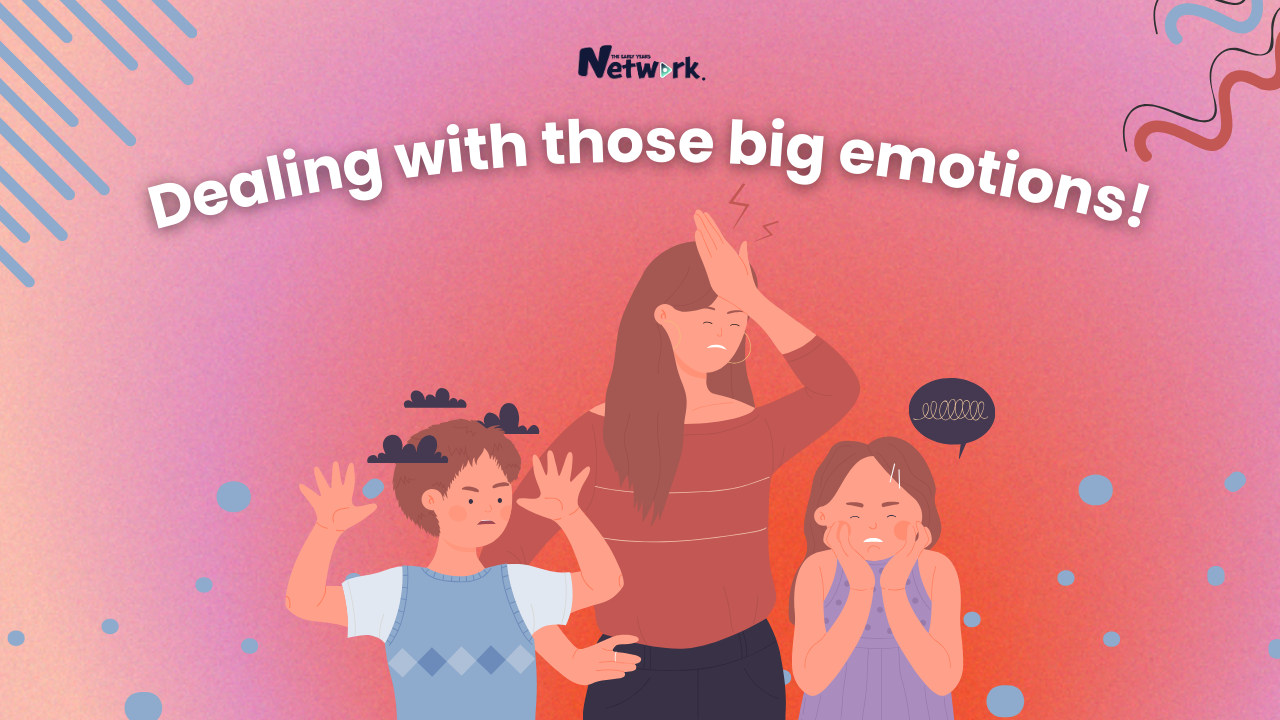
Comments 0
Leave a comment
Only your name will be published. Required fields are marked *